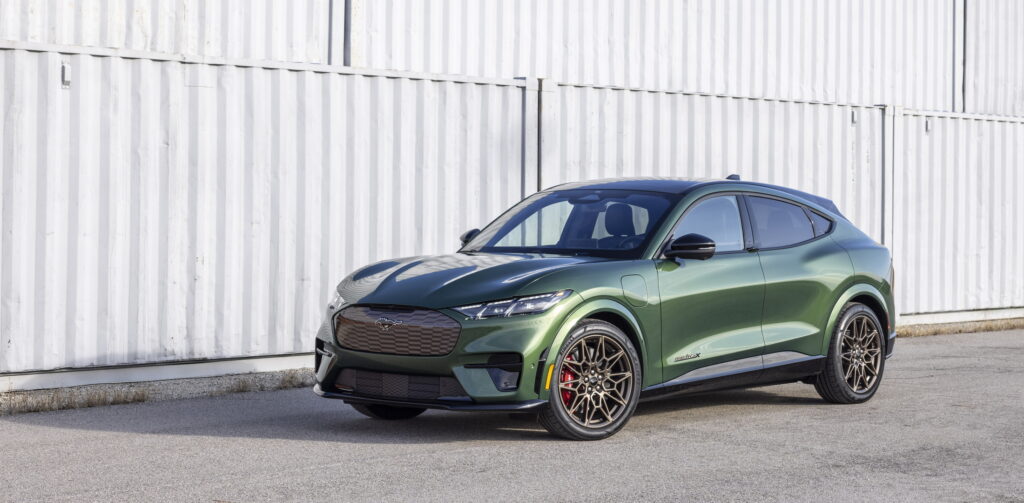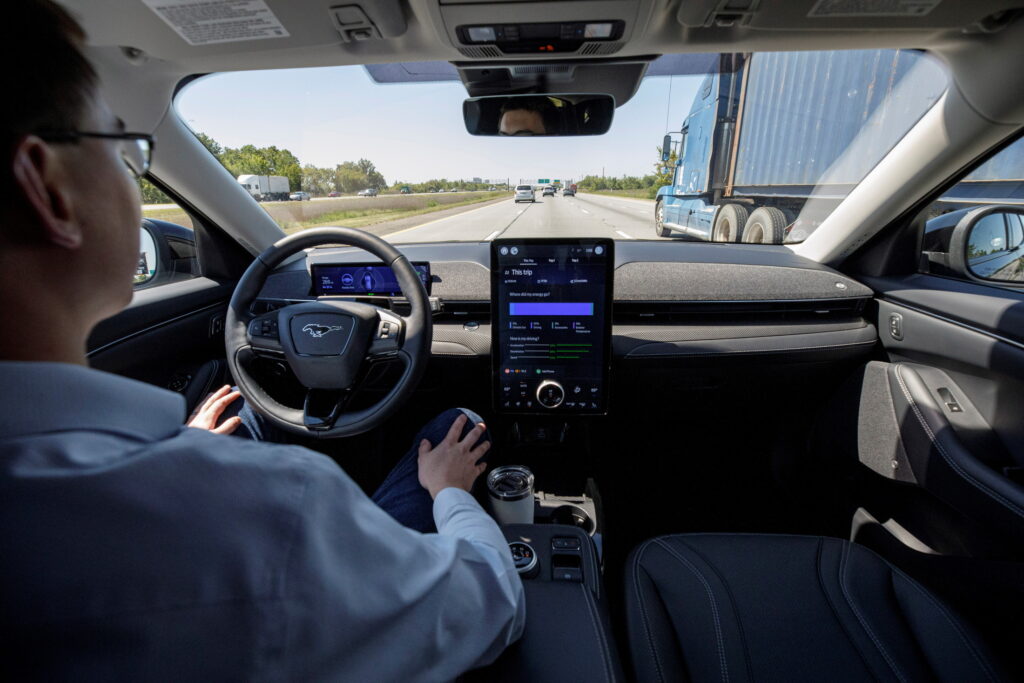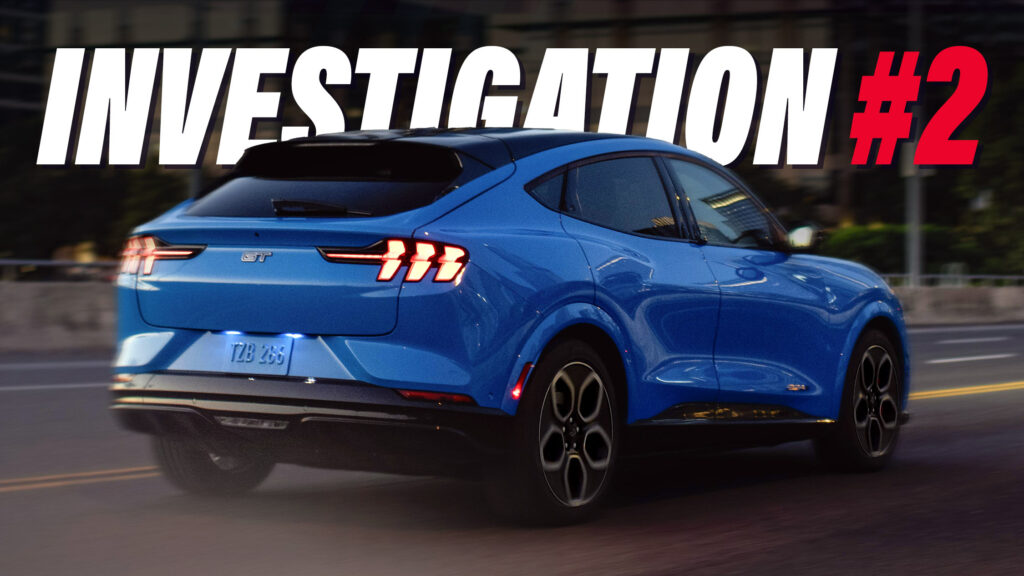- The NTSB is looking into a fatal crash in which a Ford Mustang Mach-E crashed into two vehicles stopped on I-95.
- This is the second investigation this year the organization has opened into Ford’s electric crossover, in which BlueCruise may have been involved.
- Ford says it is cooperating with the NTSB’s investigation.
Once again, a Ford Mustang Mach-E is at the heart of an investigation by the National Transportation Safety Board (NTSB) following a fatal collision that occurred in Philadelphia, Pennsylvania, on March 3, 2024. Although it has not been confirmed, Ford’s advanced driver assistance system, BlueCruise, may have been involved in the accident.
The accident occurred on Interstate 95 when a Mustang Mach-E crashed into two vehicles. The NTSB reports that the vehicles, a 2012 Hyundai Elantra and a 2006 Toyota Prius, were stopped in the travel lanes when the incident happened.
More: Feds Investigate Ford BlueCruise’s Role In Deadly Mustang Mach-E Crash
The accident took place early in the morning, at 3:19 a.m., and the drivers of the two stationary vehicles were killed, reports the Associated Press. One of the drivers may have been outside of their vehicle.
The NTSB has said that it is coordinating with Pennsylvania State Police in the probe. Meanwhile, Ford has said that it is looking into the events surrounding the collision, and is “collaborating fully” with both the NTSB and the National Highway Traffic Safety Administration (NHTSA).
Automakers are required to inform NHTSA whenever they learn of a fatal accident in which an ADAS system may have been engaged. This is the second probe in as many months involving a Ford Mustang Mach-E.

In March, the NTSB announced it was investigating a collision that occurred in San Antonio, Texas, under similar circumstances. In that crash, a Mustang Mach-E hit a Honda CR-V that was stopped on Interstate 10 with its lights off.
It was confirmed that the Mustang Mach-E involved in that accident was equipped with BlueCruise, Ford’s hands-free driving assistance system, though findings about its role in the incident, if any, have not yet been released. Ford says that the product can take over some steering and speed controls, and that it can be used on 97 percent of controlled access highways in the U.S. and Canada.
However, Ford’s ADAS system and others have recently come under fire from safety organizations such as the Insurance Institute for Highway Safety. In a test of 14 systems, BlueCruise was one of 11 rated as “poor” by the organization, which stated there is no evidence to suggest that they make driving safer, and even the best partially autonomous system, Lexus’ Teammate, was only rated as “adequate”.





